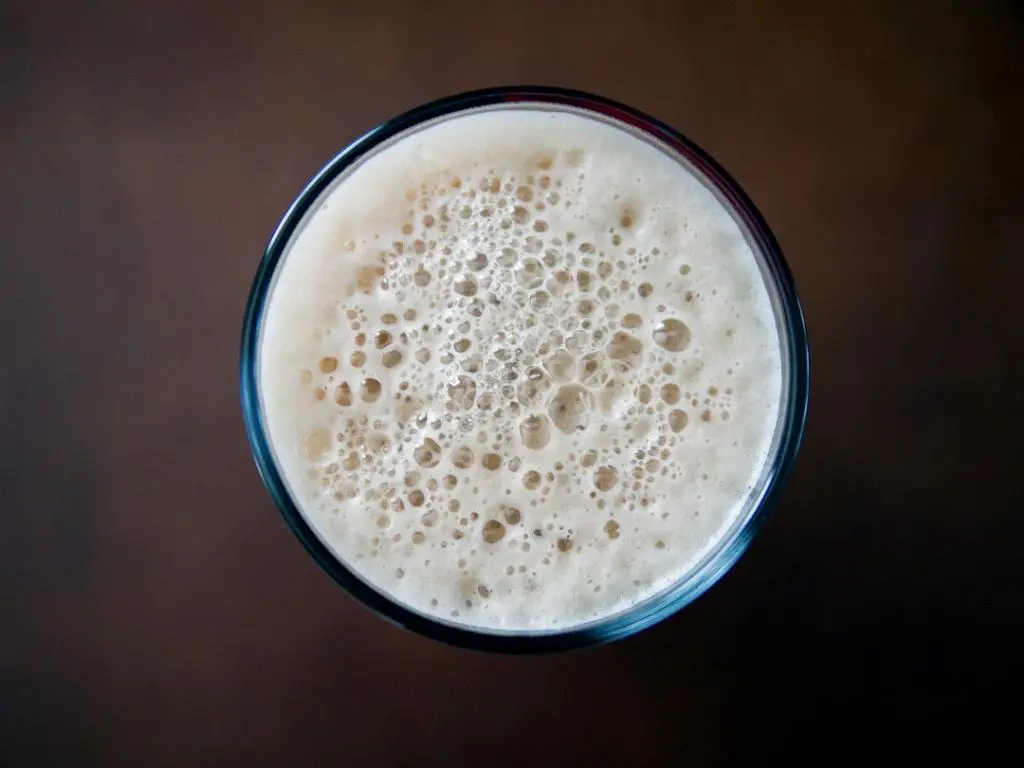When it comes to comparing different types of beers, one common question that arises is regarding their weight or heaviness. In this case, the question at hand is: Which is lighter, Pilsner or Lager? Let’s dive into the world of beer and explore the nuances between these two popular brews to find out.
Pilsner: A Delicate and Pale Brew
Pilsner beer, renowned for its crisp and refreshing qualities, is indeed lighter compared to other types of lagers. It is characterized by its delicate golden hue and a clean taste that is loved by beer enthusiasts worldwide. Pilsner has a light and airy texture that makes it a perfect choice for those who prefer a lighter beer drinking experience.
The Origins of Pilsner
What truly sets pilsner beer apart is its historical significance. It was in the city of Pilsen, Czech Republic, where this style of beer was first brewed back in the 19th century. At that time, lagers were typically dark and murky in appearance. However, the citizens of Pilsen desired a beer that was lighter in color and flavor. This led to the birth of the world’s first pale lager, known as Pilsner.
Lager: A Broad Category of Beers
Lager, on the other hand, encompasses a wide range of beer styles, including pilsner. It is important to note that not all lagers are as light as Pilsner. Lager is a fermentation method that involves bottom-fermenting yeast at lower temperatures, resulting in a clean and crisp flavor profile. Pilsner falls under the umbrella of lagers but is distinct in terms of its clear and pale appearance.
Different Types of Lager
Within the lager category, you will find various subcategories that offer different flavors and characteristics. Some lagers may be darker and heavier, such as Dunkel or Bock, while others may be as light-bodied as Pilsner. It is essential to explore and experiment with different lagers to find the ones that suit your preferences.
Factors Influencing the Lightness of Beer
Several factors contribute to the perceived lightness of a beer. First and foremost, the choice of ingredients is crucial. Pilsner often utilizes pale malts that result in a lighter color and a more subtle malt presence. The brewing process also plays a role, as lighter beer styles tend to undergo longer fermentation and conditioning periods to achieve the desired flavors.
Personal Preferences and Enjoyment
Ultimately, the idea of lightness in beer is subjective and varies from person to person. Some individuals might prefer the crisp and refreshing nature of pilsner, while others might opt for a fuller-bodied lager style. It all comes down to personal taste and enjoyment. Exploring different options and discovering your preferred beer style is part of the fun and adventure of being a beer enthusiast.
Pairing with Food
When considering the lightness or heaviness of a beer, it is worth mentioning that it also relates to how well it pairs with various types of food. Lighter beers like Pilsner tend to complement lighter dishes such as seafood, salads, and grilled chicken. The crisp and clean flavors of Pilsner can enhance the flavors of these dishes without overwhelming them.

Conclusion
In conclusion, Pilsner beer is generally considered lighter than other types of lagers. Its pale appearance, clean taste, and delicate nature make it a popular choice among beer enthusiasts. However, it is essential to remember that within the broad category of lagers, there is a wide range of styles, each with its own characteristics and flavor profiles. Ultimately, the lightness or heaviness of a beer is subjective and depends on personal preferences and individual taste buds. So, go ahead and explore the world of beer, try various styles, and discover what brings you the most enjoyment!
